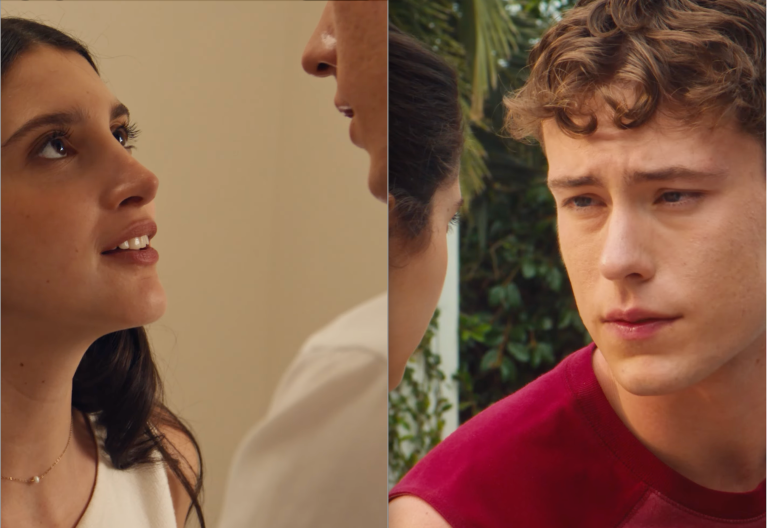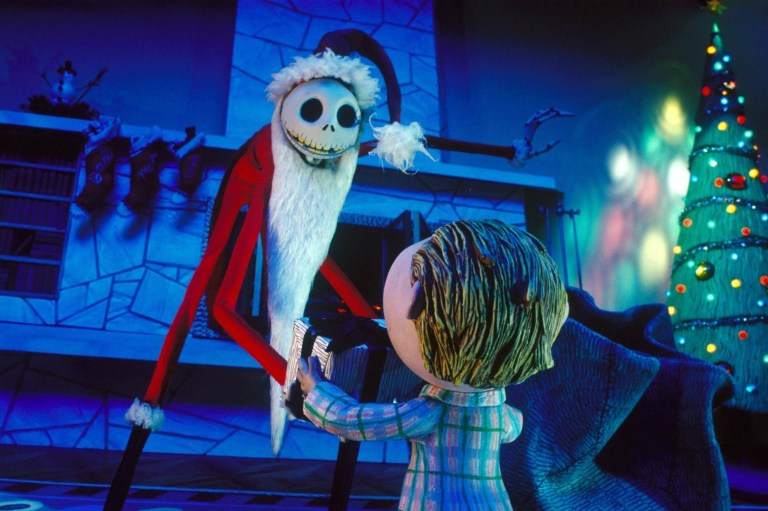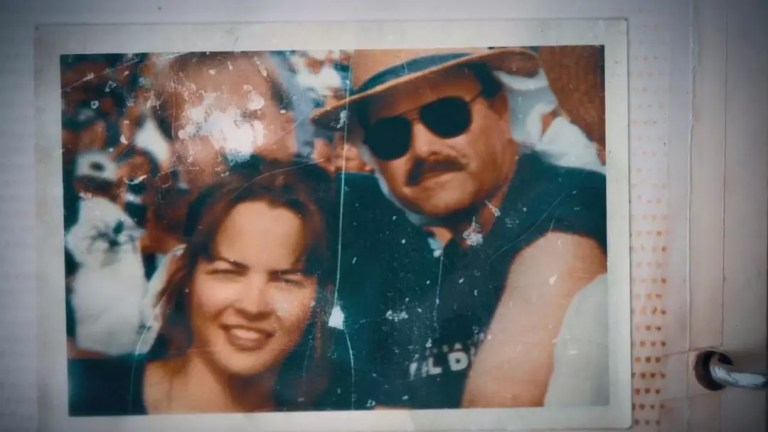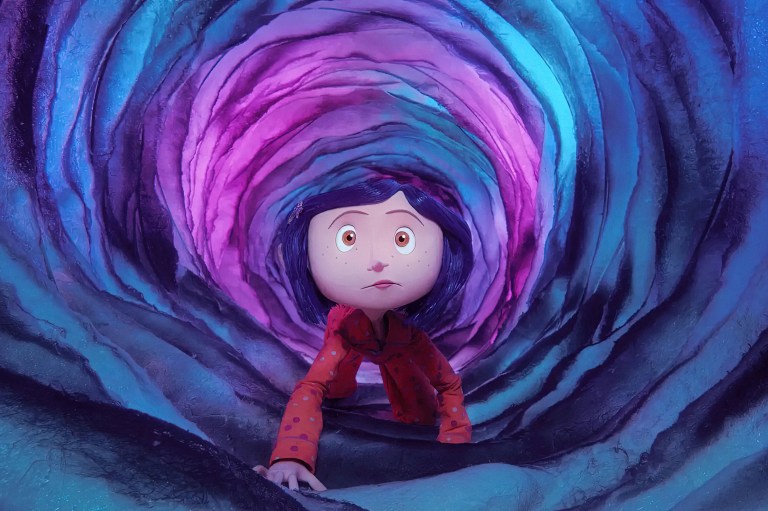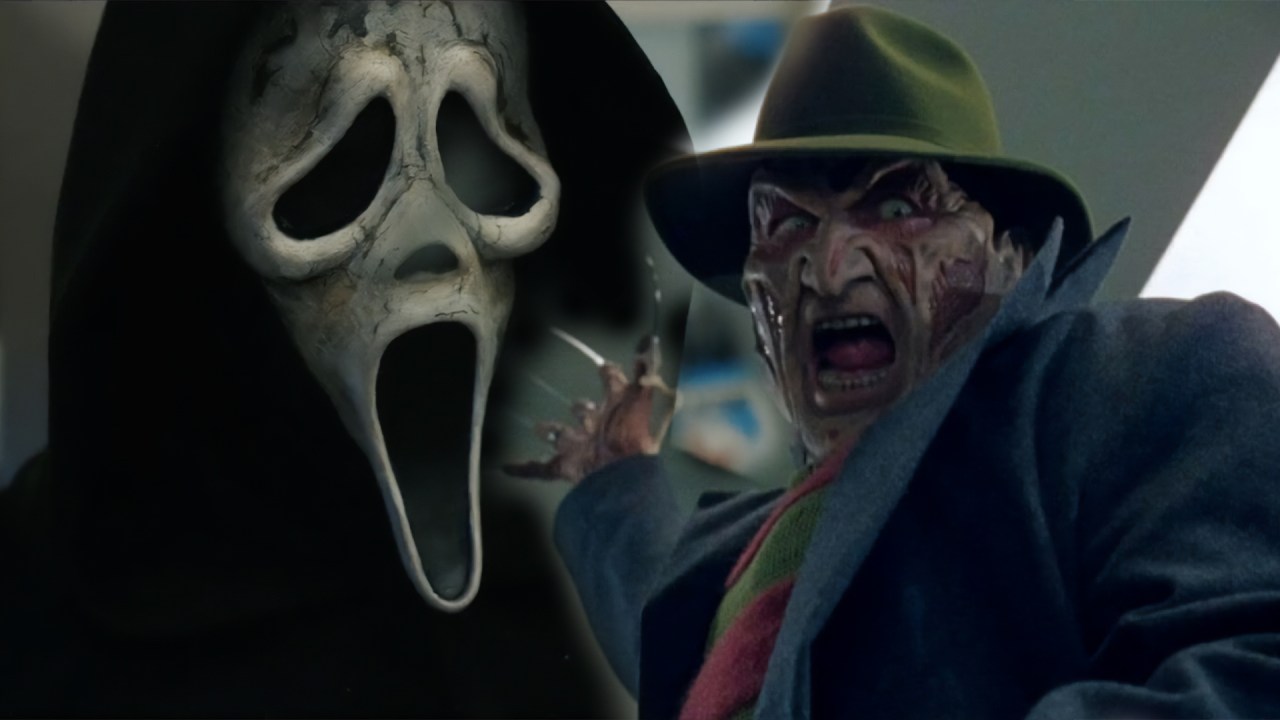
The 7 Best Wes Craven Movies, Ranked Here
We’re taking a look back at Wes Craven’s best movies, ranking the top 7 from worst to best.
To this day, most people rightfully think of Wes Craven’s name whenever they’re encouraged to think of the larger pop culture landscape. Residing somewhere on the Mount Rushmore of Horror alongside such iconic faces as John Carpenter, David Lynch, and Guillermo del Toro, Craven has accrued a near-fabled reputation for his numerous horror films over the past several decades.
Whether working on a low-budget exploitation movie or a mainstream slasher franchise, Craven had a way of infusing his rich imagination into each and every one of his movies, no matter its subject, genre, or respective release dates. Though he passed away in 2015, Craven left behind a glistening filmography filled with macabre movies, many of which remain required viewing every time the Halloween season comes around in early September.
7. The Last House on the Left (1972)
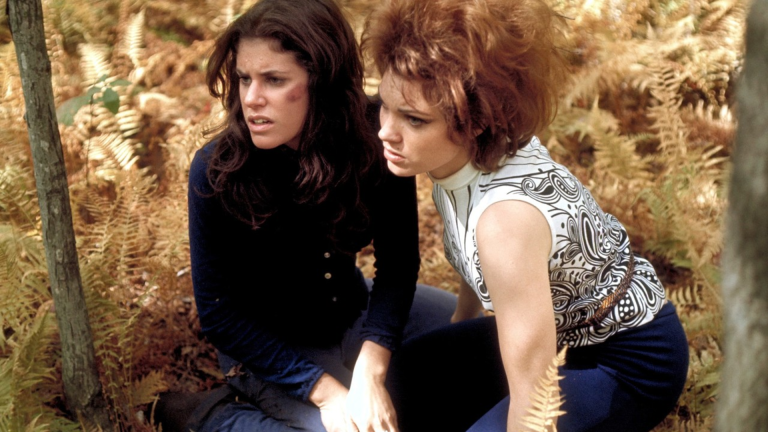
The film that launched Craven’s career, The Last House on the Left quite possibly remains as controversial now as it did upon its release in 1972. A down-and-dirty exploitation film with plenty of gratuitous violence, The Last House on the Left nauseated mainstream viewers back in the ‘70s, many of whom have expressed shock and derision at its extreme subject matter. In the decades since, more appreciative audiences have significantly reevaluated Craven’s debut effort, describing it as a suspenseful low-budget horror film that bravely veered towards some uncomfortable narrative areas.
6. The Hills Have Eyes (1977)
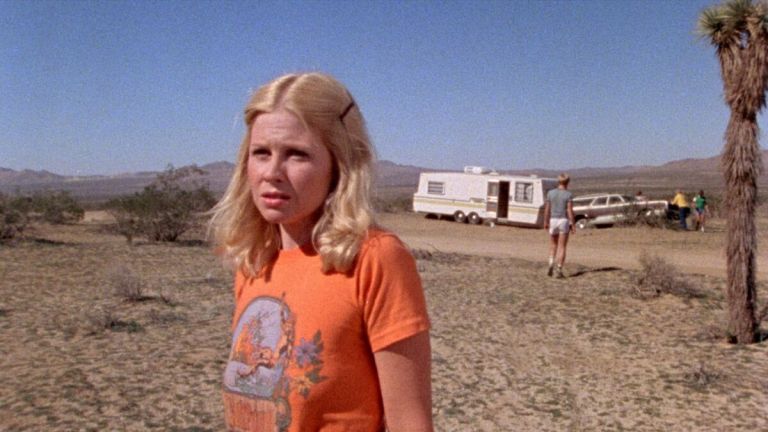
The Last House on the Left may have been Craven’s first film, but the film that helped the young director ascend to new heights was his immediate follow-up, The Hills Have Eyes. A tense story of several relatable teenagers who come face-to-face with desert-dwelling cannibals, The Hills Have Eyes’ dizzying humor, frequent scares, and subtle social commentary helped set the tone for the remainder of Craven’s career, acquiring a beloved cult following in the decades since its release.
5. Red Eye (2005)
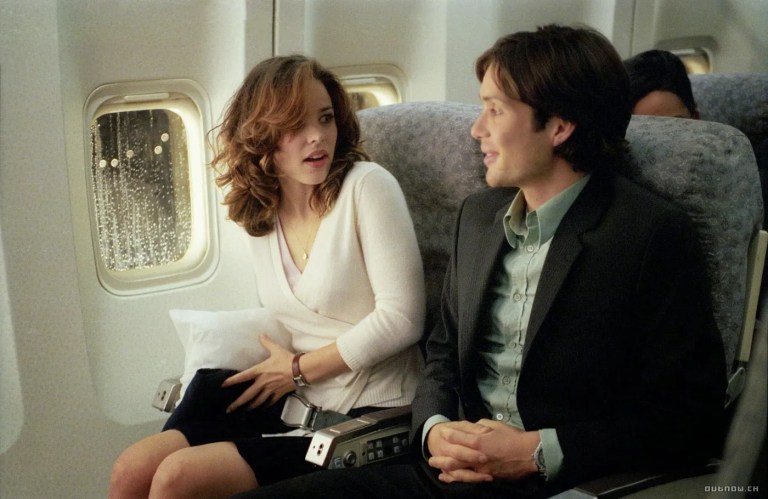
Almost certainly the most underrated entry in Craven’s filmography, Red Eye comes brimming with a ceaseless number of surprises. Initially appearing almost as a meet-greet romantic comedy in the manner of When Harry Met Sally…, Craven’s penchant for psychological horror bleeds through by the movie’s second act. A minimalist thriller with a limited cast and setting, Red Eye nevertheless packs a wallop of a punch in the course of its 85-minute runtime.
4. Wes Craven’s New Nightmare (1994)
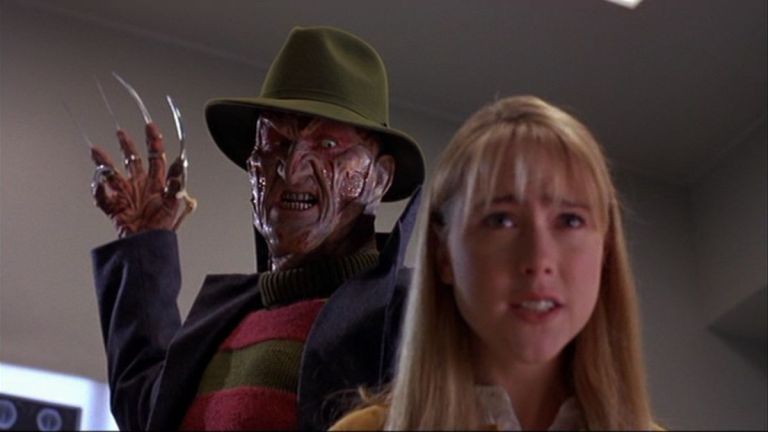
After several years of fairly disappointing sequels, A Nightmare on Elm Street returned in grand fashion with 1994’s utterly splendid Wes Craven’s A New Nightmare. Returning to the series he created in 1984, Craven once again proved himself capable of reinventing the traditional slasher format with New Nightmare. Rather than presenting just another hack-and-slash horror film starring a bitingly sarcastic Freddy Krueger, New Nightmare offered up a far more creative self-aware approach with its film-within-a-within-film narrative. The results helped resurrect Freddy Krueger for an entirely new generation, predating the postmodern humor of Scream by a mere two years.
3. Scream 2 (1997)
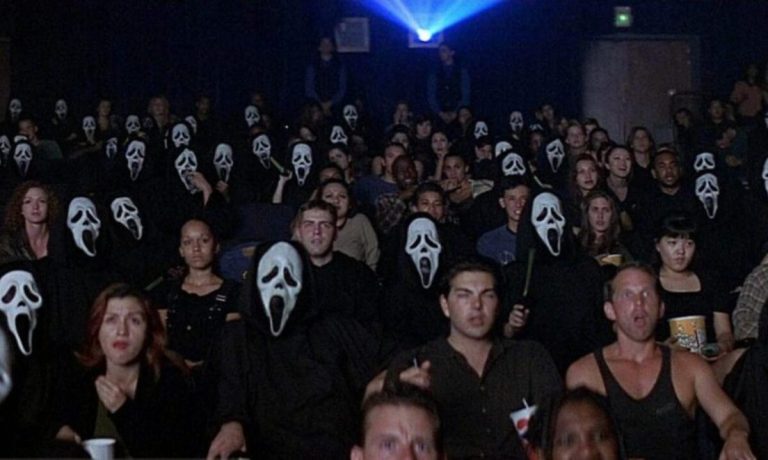
More so than most movie genres, slashers have gained a well-earned reputation for spawning lesser and lesser sequels, as seen with past franchises like Halloween, Friday the 13th, or A Nightmare on Elm Street. Fortunately, the Scream series always managed to avoid this unfortunate phenomenon, thanks in large part to Craven’s work on each of Scream’s sequels (up to 2022’s Scream). With Scream 2, Craven continues the ongoing journey of Sidney Prescott and her closest friends. Transposing the setting from suburban Woodsboro to the sprawling campus of Windsor College, Scream 2 is that rare sequel that fully lives up to the original.
2. Scream (1996)
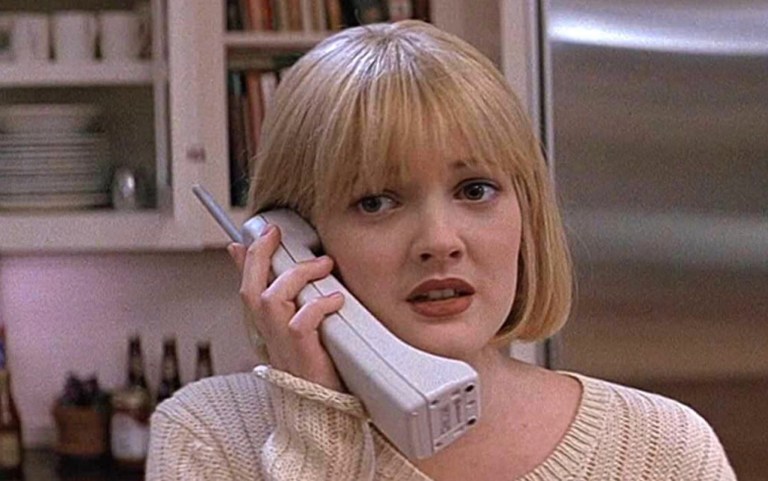
Incredibly, Craven somehow caught lightning in a bottle not once, but twice with his meta-aware slasher film, Scream. Nearly a decade after viewers had grown weary of the increasingly formulaic slasher genre, Craven partnered with screenwriter Kevin Williamson to completely reinvent the traditional slasher narrative. Openly mocking the stereotypes and cliches associated with movies like Halloween and Friday the 13th, Scream also brilliantly combined comedy, horror, and the basic characteristics of an Agatha Christie-style whodunit, kicking off an iconic franchise that’s still going strong to this day.
1. A Nightmare on Elm Street (1984)
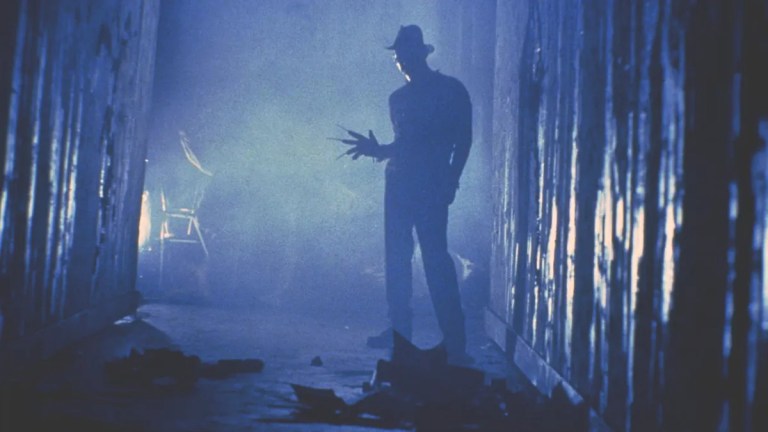
By the start of the 1980s, slasher films had gone from a viable horror subgenre to one of the kitschiest vehicles in contemporary pop culture. Realizing that slasher movies needed to change, Craven helmed the overwhelmingly original supernatural horror, A Nightmare on Elm Street. Released to theaters in 1984, A Nightmare on Elm Street forever changed the way audiences perceived the slasher narrative, introducing a paranormal tone that most films sought to emulate for the remainder of the decade. While many slashers have and gone over the years, it’s hard to think of a horror film more closely tied to the genre than Wes Craven’s definitive masterpiece.
